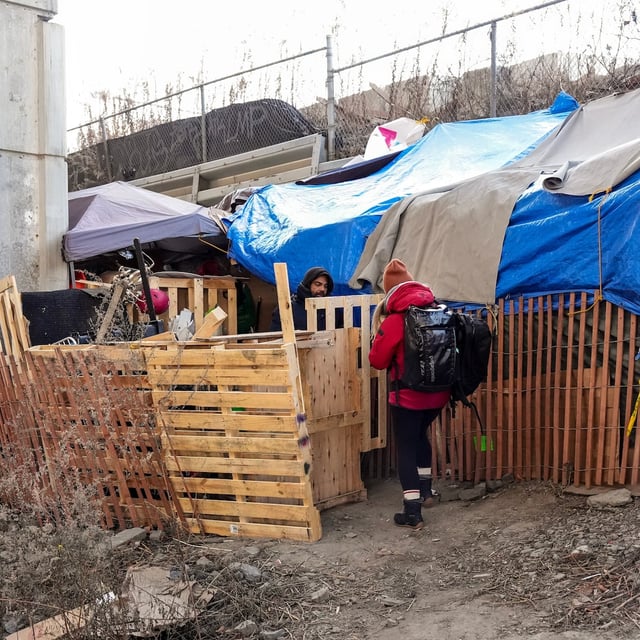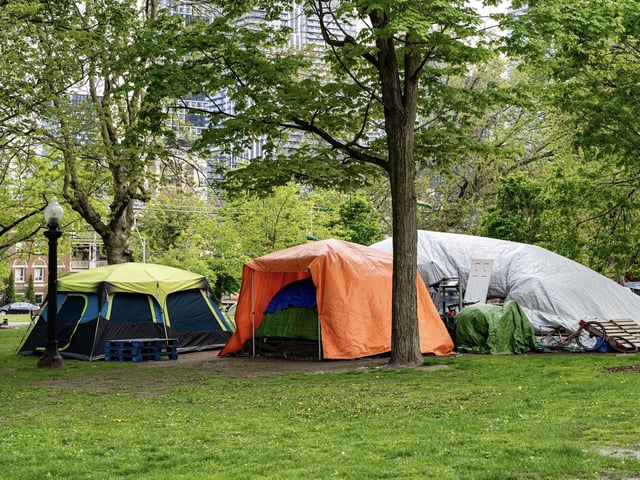Overview
- Recent data show a modest decline in homelessness since October 2024 driven by fewer new refugee claims, reduced encampments and more moves into permanent housing.
- Seven of the 20 planned small-scale shelter sites have been selected to replace costlier hotel-based shelters and better meet community needs.
- Refugee claimants now account for over half of shelter users, and Black (58%) and Indigenous (9%) Torontonians remain disproportionately represented.
- City reports point to a shortage of affordable housing, unmet health-care needs, insufficient income support and substance use challenges as key drivers of the crisis.
- In 2024 the city approved about 6,600 affordable and rent-controlled homes under its HousingTO Action Plan to bolster long-term housing supply.

